I will only enlarge Andy's explanation since bootstrapping is one of my favorite circuit ideas. And since the best way to understand and explain a circuit is to (re)build it step by step, let's do it this way.
A. Building scenario
1. C integrating circuit supplied by constant current. To obtain voltage changing linearly through time, we decide to charge a capacitor (C1) by constant current Ic1.
2. RC integrating circuit supplied by constant voltage. But we have only a voltage source (Vcc). So, we decide to convert its voltage to current by connecting a resistor (R1) in series. But a problem appears - the voltage Vc1 across the capacitor affects the current Ic1 = (Vcc - Vc1)/R1. When Vc1 increases, Ic1 decreases... Vc1 slows down its rate of change... and it leads to the well-known exponent. The current Ic1 decreases since the voltage drop VR1 across R1 decreases... and the reason of VR1 decrease is that the voltage of R1 upper end stays constant (Vcc) while the voltage of its lower end (Vc1) gradually increases. The solution is obvious...
3. RC integrating circuit supplied by varying voltage. If we make the supply voltage increase with the same rate as the voltage Vc1, then the voltage drop VR1 and accordingly, the current Ic1, will stay constant. As a result, the waveform will be linear as we want.
B. Operation
1. Recharging the capacitors. Vin turns on the transistor for a short time (its collector connects to ground). C1 fully discharges through the collector-emitter junction so the lower end of R1 and the non-inverting op-amp input are grounded. The op-amp output voltage follows the input voltage at the non-inverting input (becomes zero). This means the right plate of C2 is grounded (more precisely speaking, it is virtually grounded). So C2 fully charges through the diode and op-amp output almost up to Vcc (-0.7 V).
2. Integrating. After Vin becomes zero, the transistor is cut off and the integration starts. In the beginning, C1 is charged by current produced by Vcc. When its voltage exceeds 0.7 V, the diode becomes backward biased (off) and this current ceases. But now (it is very interesting) C2 begins playing the role of Vcc by producing the charging current through C1!
C2 acts as a floating ("shifting") voltage source like a "recheargable battery" with voltage Vcc. It "lifts" VR1 upper-end voltage with Vcc above its lower-end voltage (VC1). In other words, R1C1 integrating circuit is supplied by varying voltage (step 3 above) that follows VC1 thus compensating its variations.
The name of this trick (keeping up the current through a resistor constant by following the voltage of the one end by the voltage of the other end) is "bootstrapping". In its non-electric form, it is invented by Baron Munchausen in 1785:) Now, in electronics, it is used to create perfect current sources (look at Fig. 5 in my answer).
And finally, the most interesting part of my explanation... Note that the RC supply voltage (of the upper end of R1) will exceed Vcc! Actually it is a sum of two voltages - VC1 + VC2 = VC1 + Vcc. Your task is to determine its maximum...
